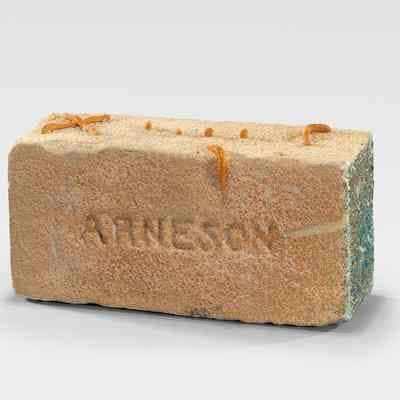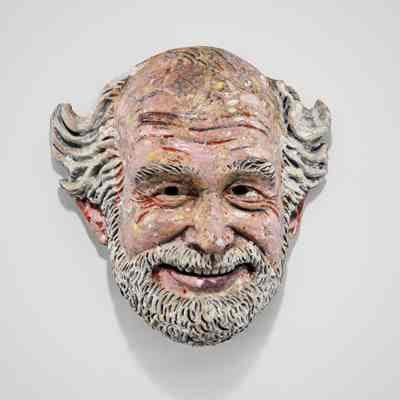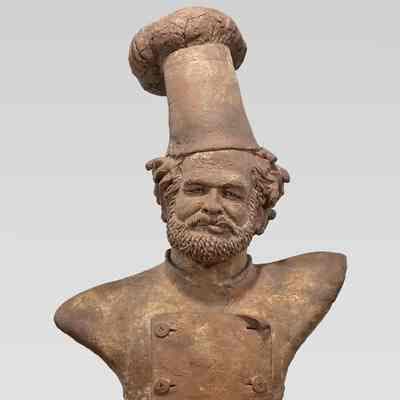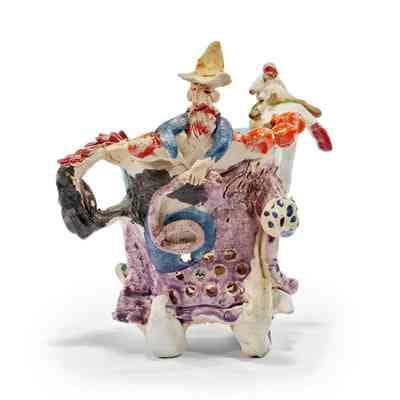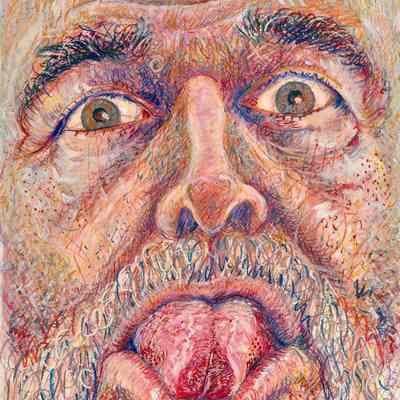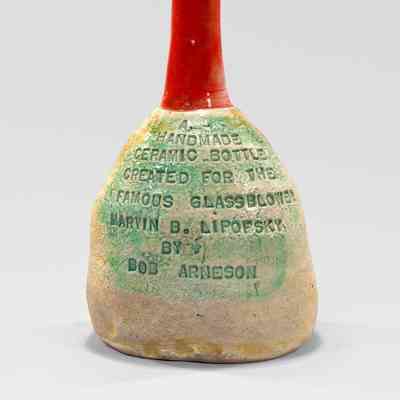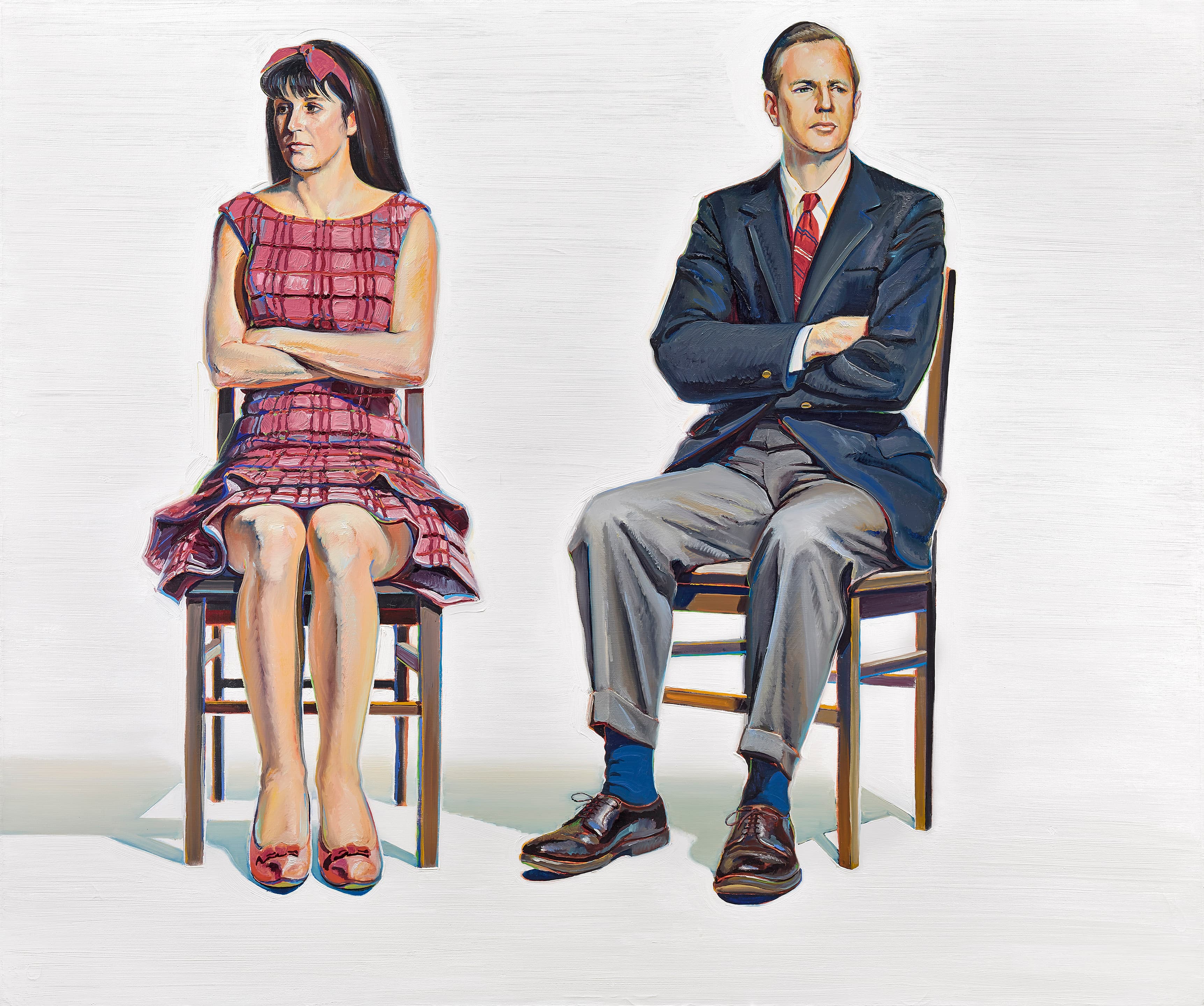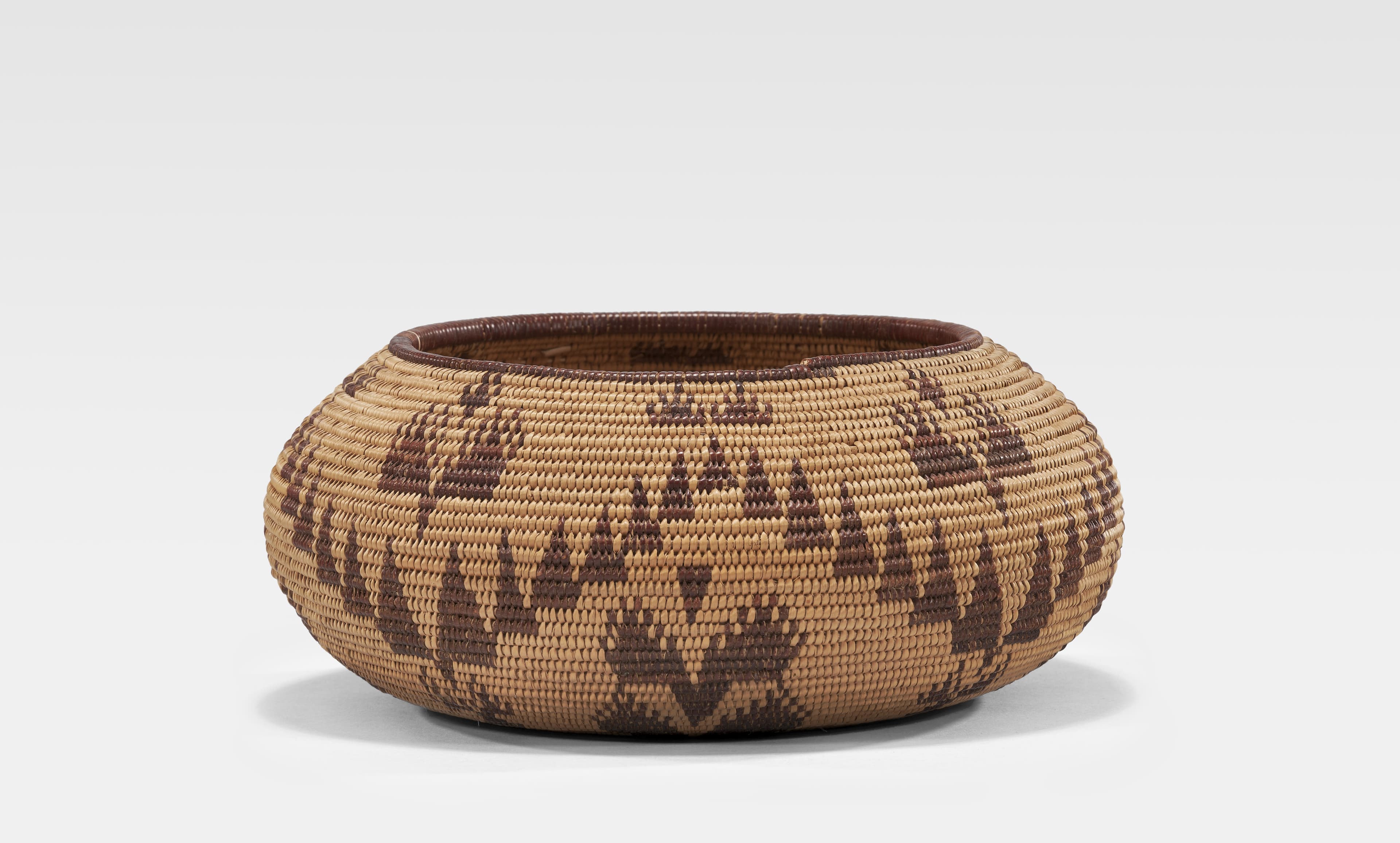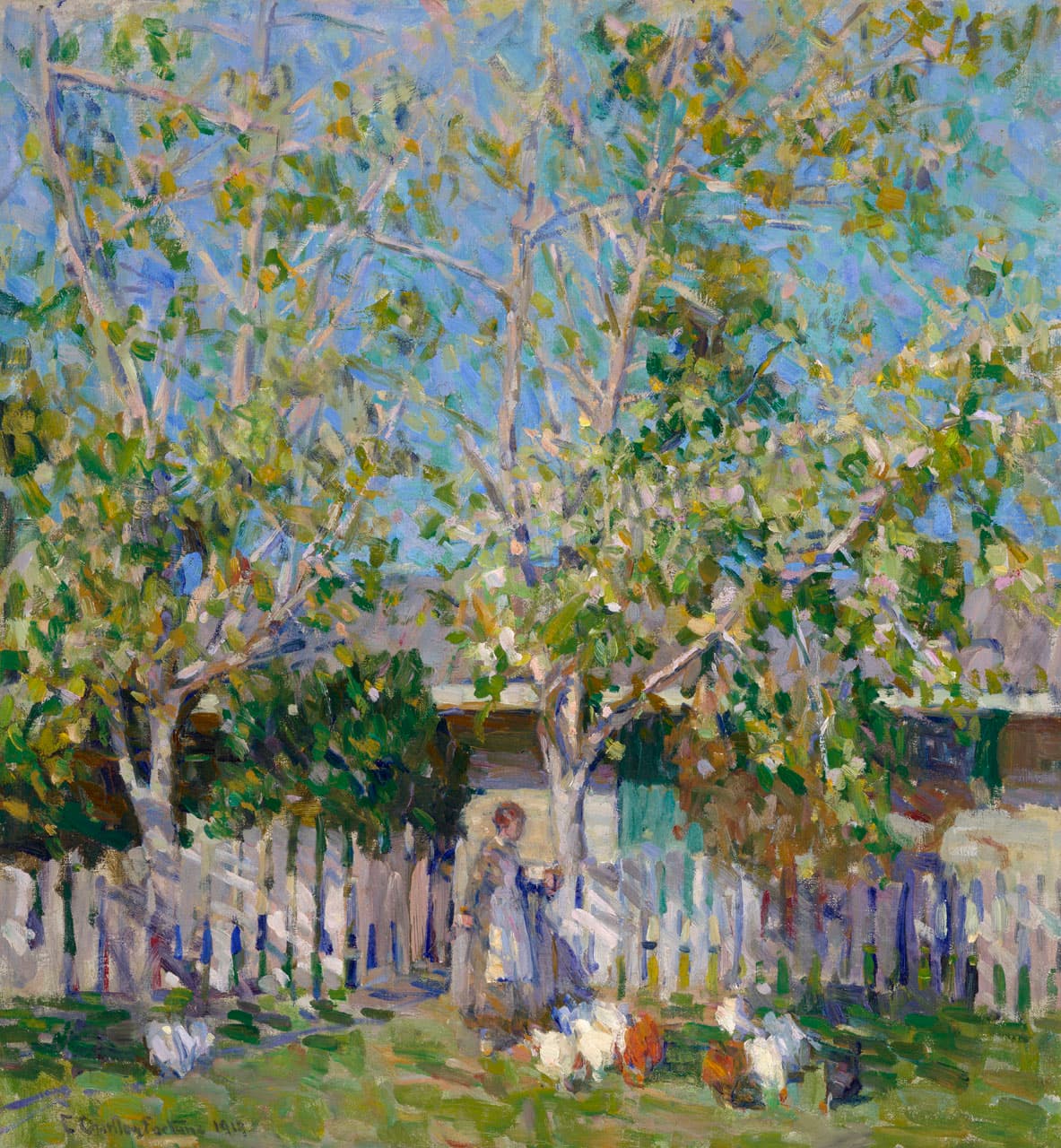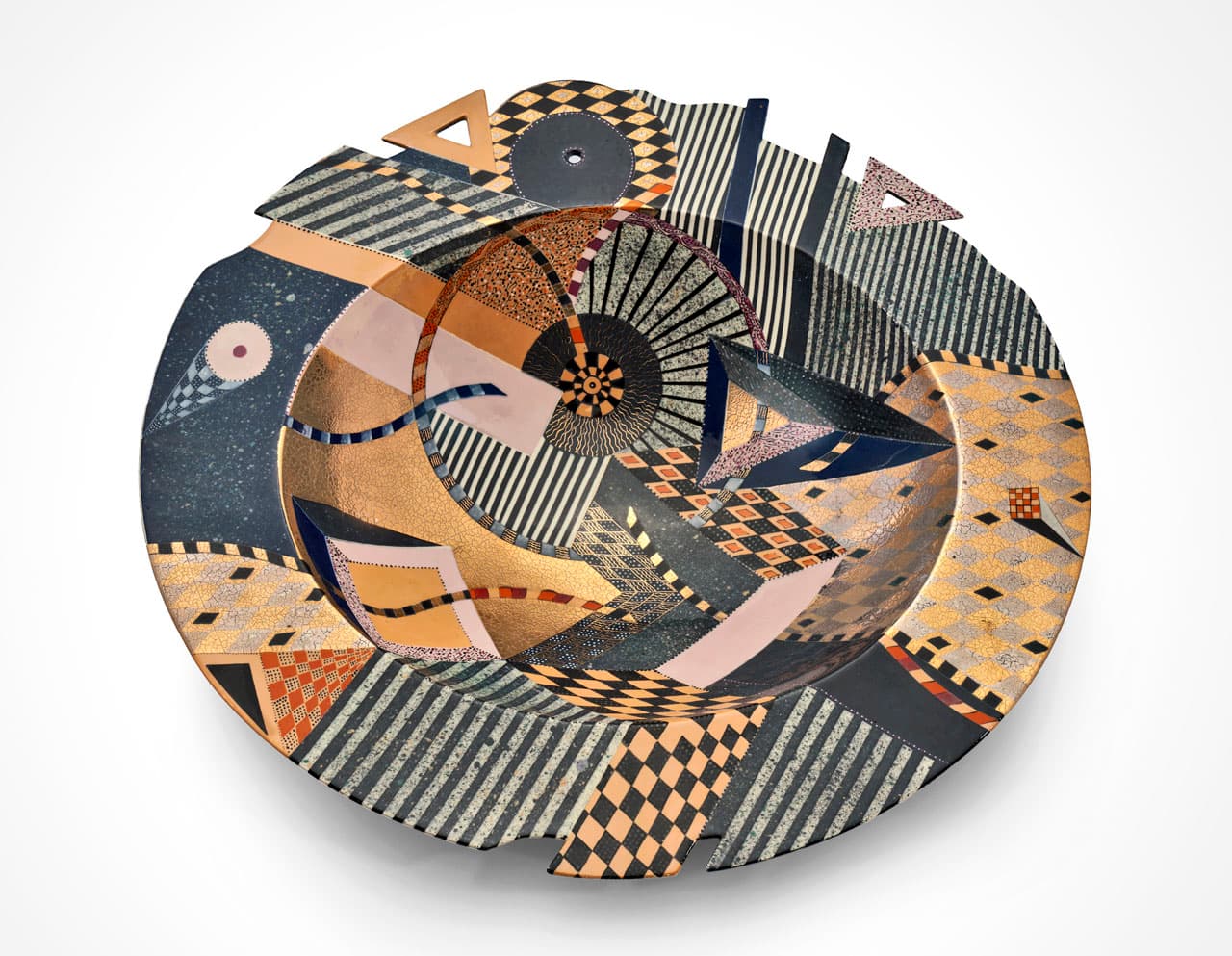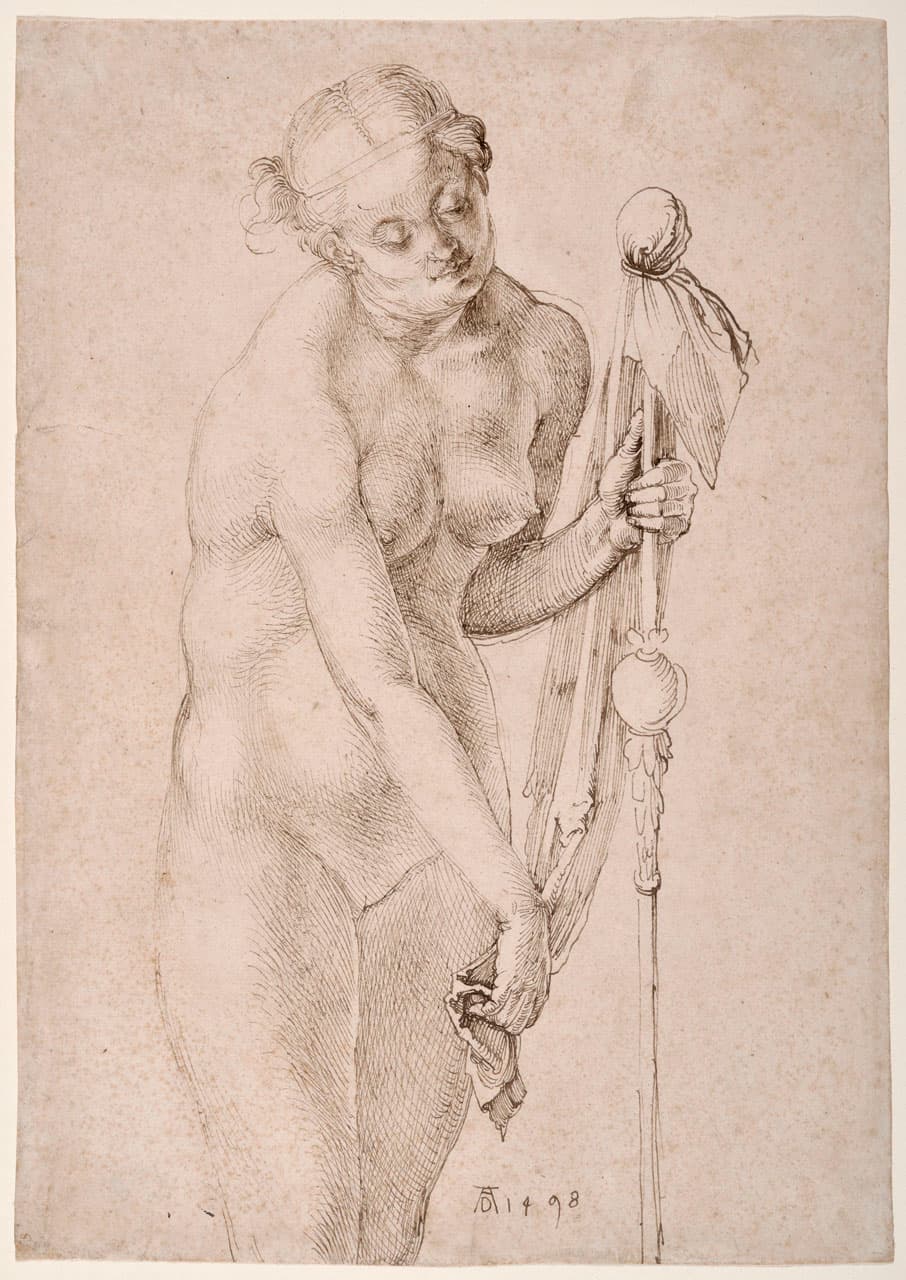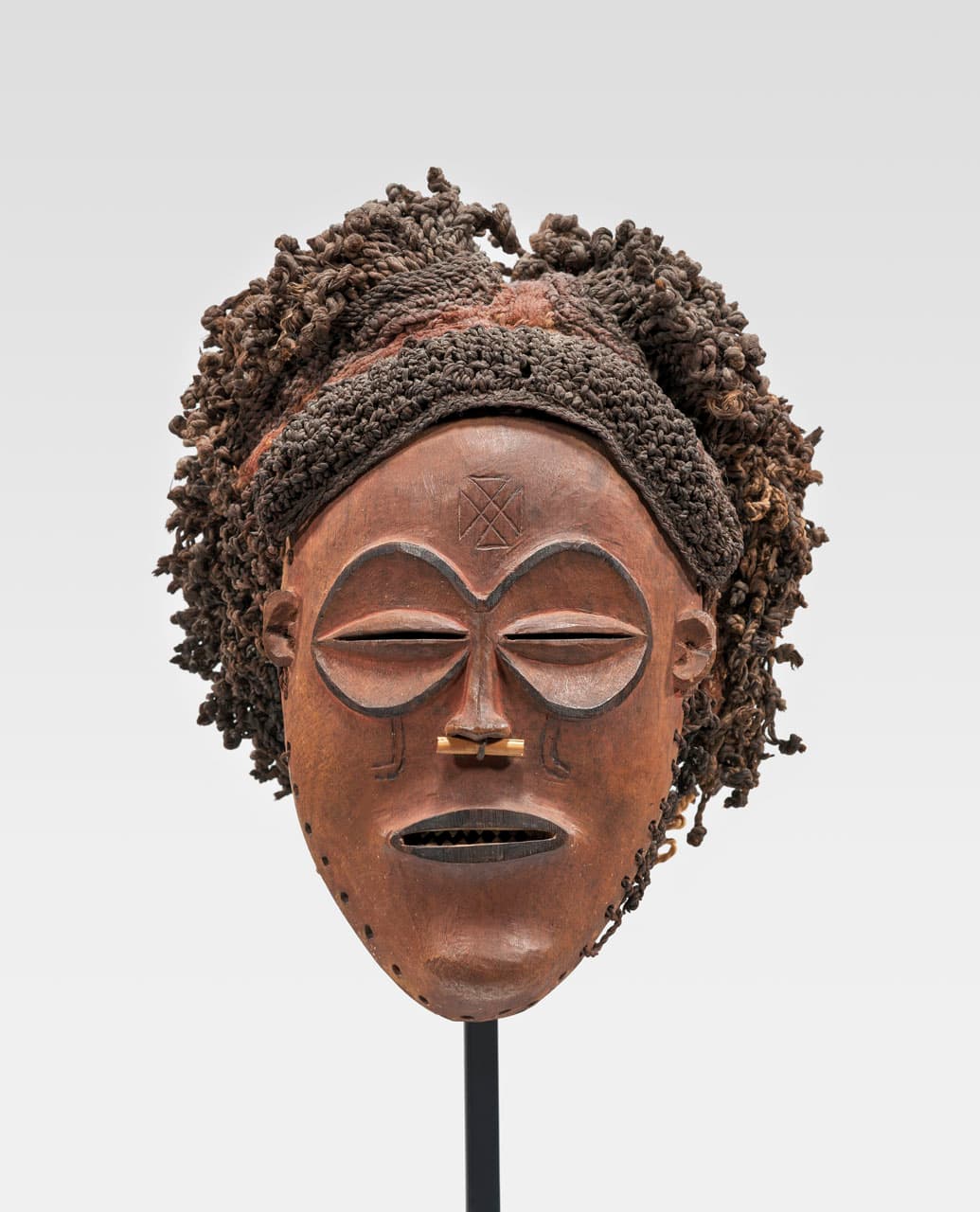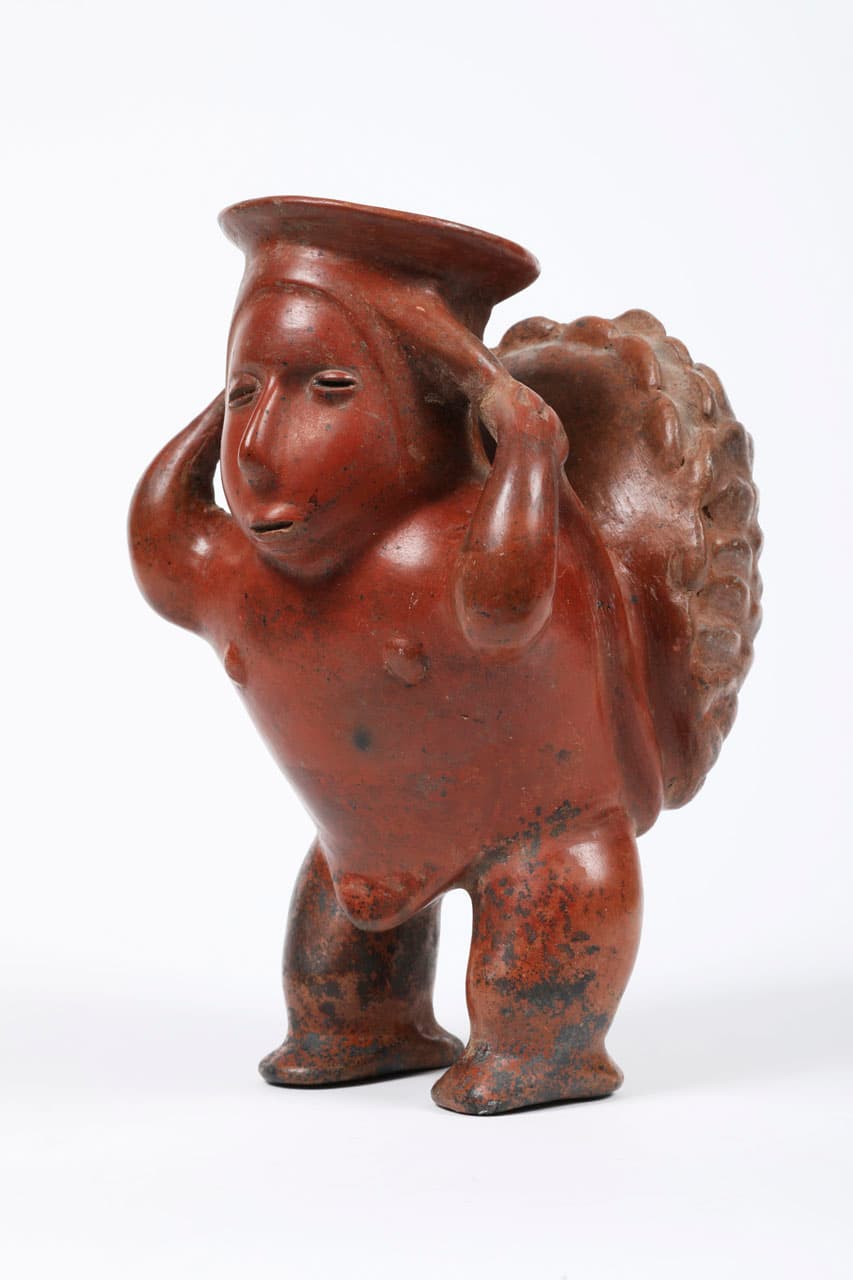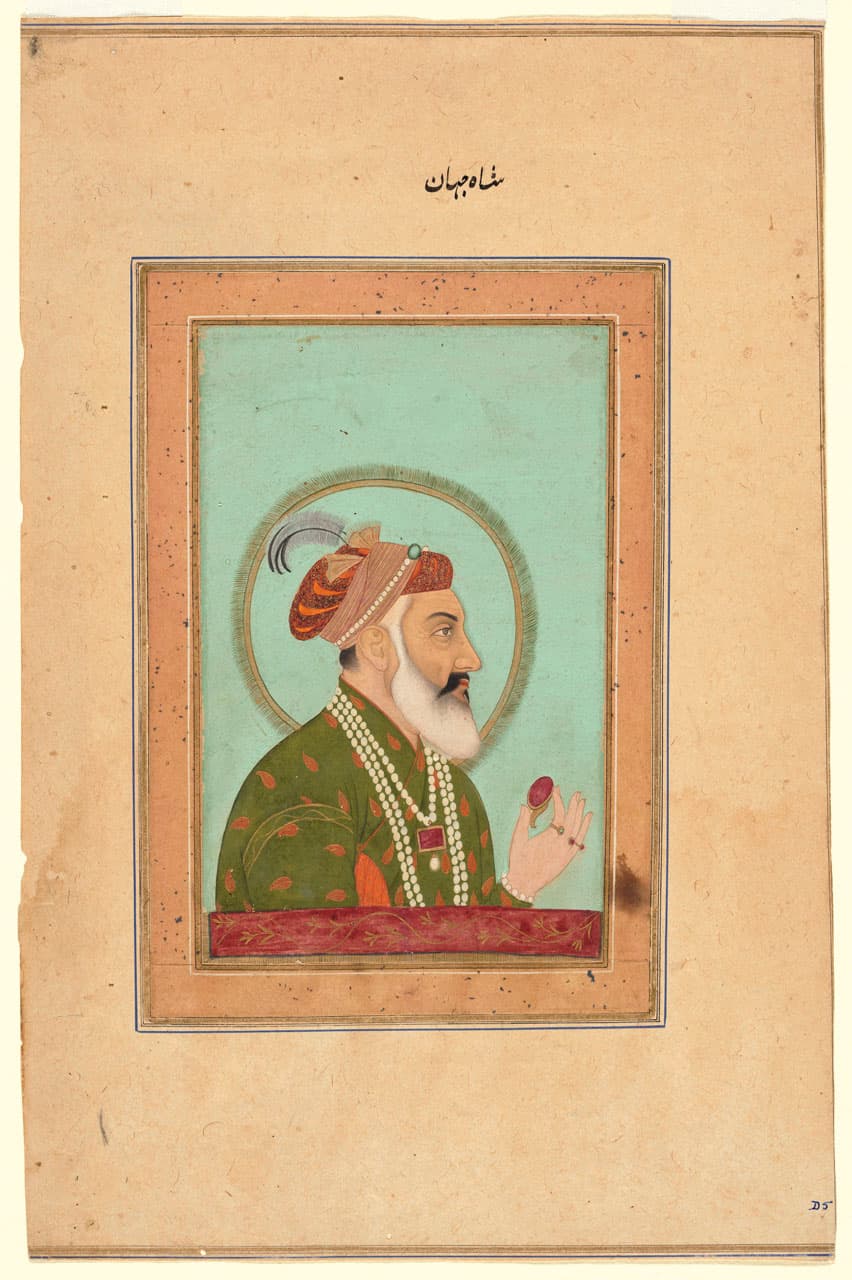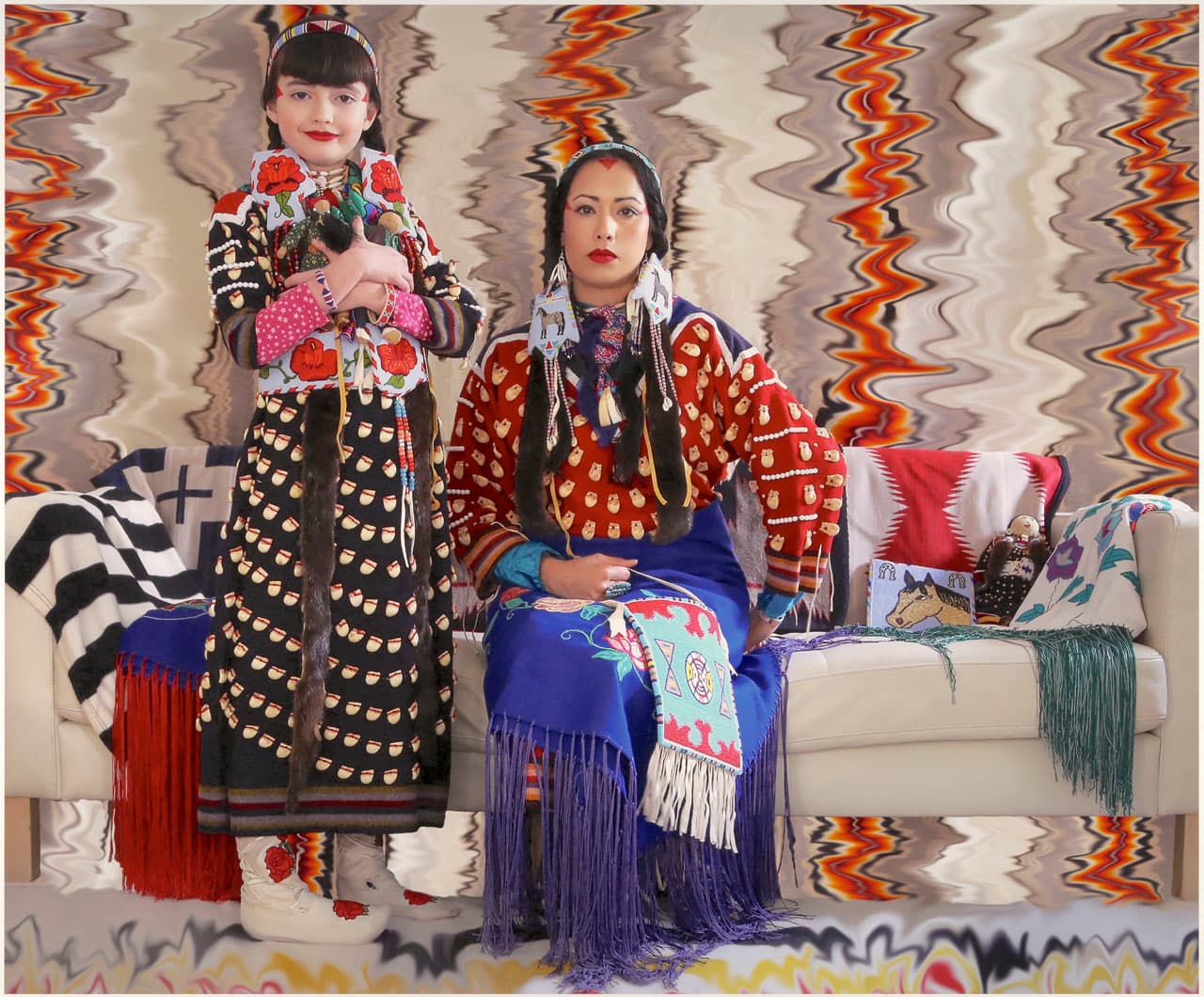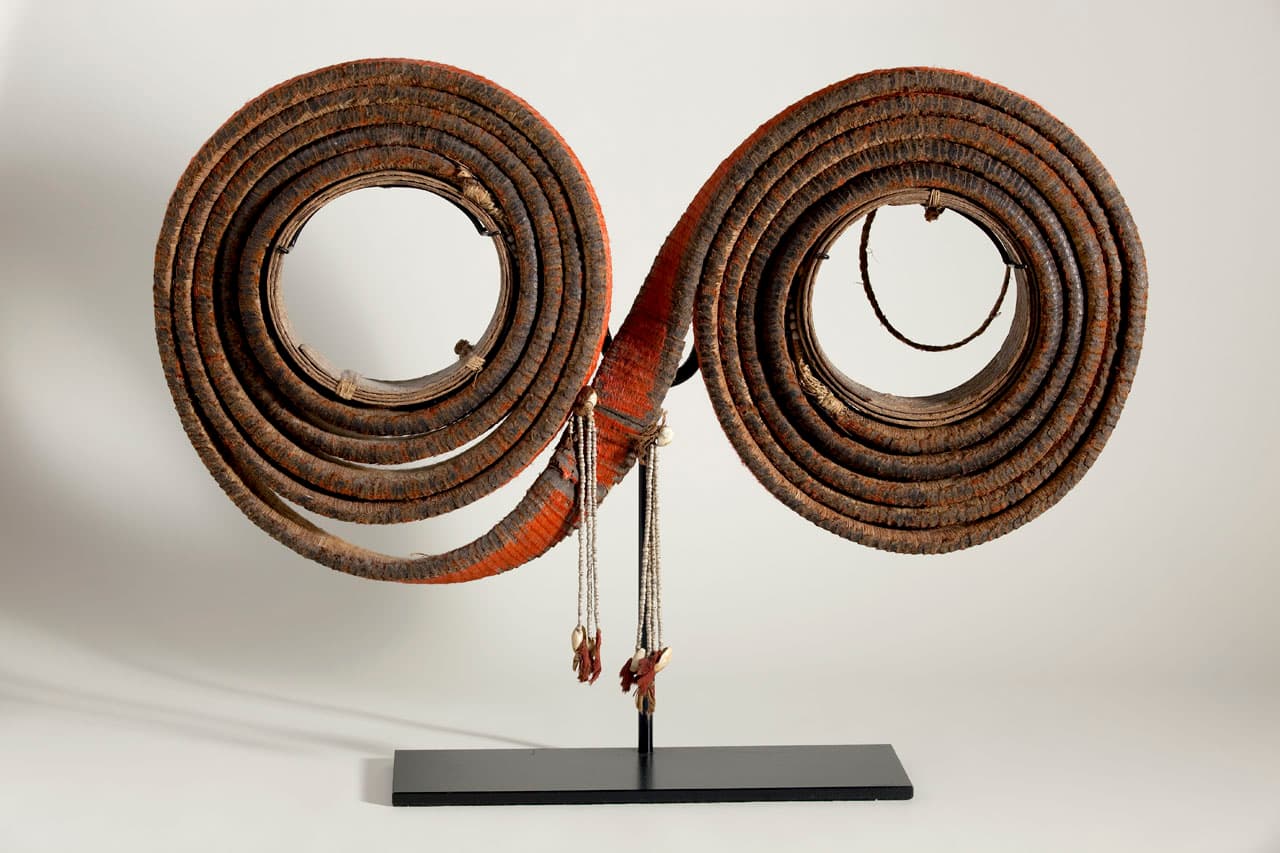Robert Arneson
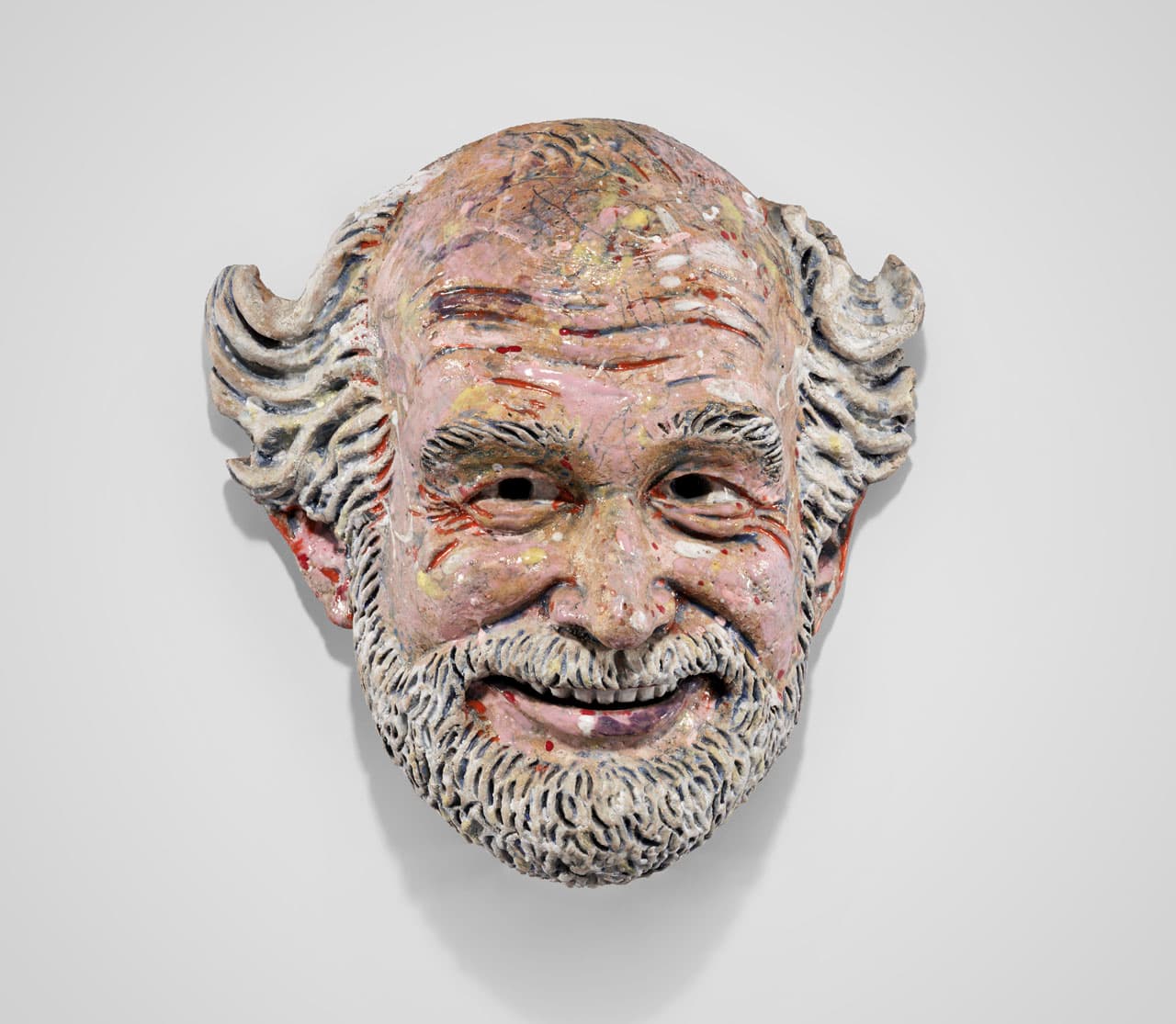
American, 1930–1992
About Robert Arneson
Born in Benicia, California, Robert Arneson took an early interest in art, drawing comics for his high-school paper. After attending the College of Marin in Kentfield, he transferred to the California College of Arts and Crafts (now the California College of the Arts) in Oakland, where he received a BA in Art Education. After graduating, he briefly taught at a local high school and went on to study with ceramist Antonio Prieto at Mills College, receiving an MFA in 1958. He arrived at the University of California, Davis, to teach in 1962 and became a full-time professor in 1965, working there until he retired in 1991, a year before his death.
Arneson’s boundary-pushing work and professional guidance influenced many artists, including his students David Gilhooly and Peter VandenBerge. He also collaborated with fellow UC Davis faculty members, perhaps most notably Roy De Forest. In the 1960s, UC Davis’s art department was making a name for itself and would soon become a nationally renowned program promoting progressive art with faculty that included Arneson, De Forest, Wayne Thiebaud, and William T. Wiley. Arneson also found his Davis surroundings creatively stimulating. He depicted his home on Alice Street in a variety of media that became emblems of his early years there, and some of his most recognizable public art projects also appear around the city, such as the series of large bronze Egghead sculptures scattered around the UC Davis campus. After his first marriage to Jeanette Jensen, Arneson married artist Sandra Shannonhouse in 1972. Both artists exhibited at the Candy Store and the couple moved to Benicia in 1976, where Arneson would spend the rest of his life.
After seeing the expressionist work of ceramic artist Peter Voulkos, Arneson began to consider the potential of clay as a sculptural medium. His style would come to favor the figurative over his earlier functional and decorative forms, and he moved from playful takes on standard vessels to a Pop art sensibility that included ironic, tongue-in-cheek bottles, trophies, and toilets that were deliberately crude in execution and humor. These pieces, which earned the moniker “Funk,” were lumpy, organic and seemed to lack the care and preciousness generally associated with ceramics. As an additional challenge to traditional ceramic aesthetics, Arneson also began to integrate bright colors in his creations. To achieve his vibrant hues, he experimented with thick applications of glaze on stoneware. His early trials were unsuccessful, as the lower kiln temperatures required for the glazes left the works unstable, and they often exploded during firing. Arneson adapted by throwing and sculpting in earthenware, creating his own mixture of white kaolin and talc (with sand for texture) that could be fired at a lower temperature. Besides the added stability, the white clay was a perfect ground for the newer, eye-catching commercial glazes.
As Arneson’s career progressed, his work became increasingly personal and satirical. His imagery was often confrontational, moving between humor, crassness, and occasional obscenity meant to shock viewers. He also began making portraits, often of himself and sometimes of public figures. His self-portraits, generally in bust form but also appearing as prints and drawings, vary in scale and composition and capture a broad, caricatured range of Arneson’s personality. They often included his characteristic beard and bald head in silly and preposterous expressions. Although the self-portraits are absurd on the surface, they also served as a way for Arneson to explore the human condition, examine his relationship to the world, and to process difficult content with humor. This therapeutic approach extended into his poignant later works, which dealt directly with his declining health and concerns about America’s increasing wars and militarism.
Notes:
Briel, Mariah Carmen. "The Candy Store Bunch" in The Candy Store: Funk, Nut & Other Art with a Kick. Crocker Art Museum, 2022
